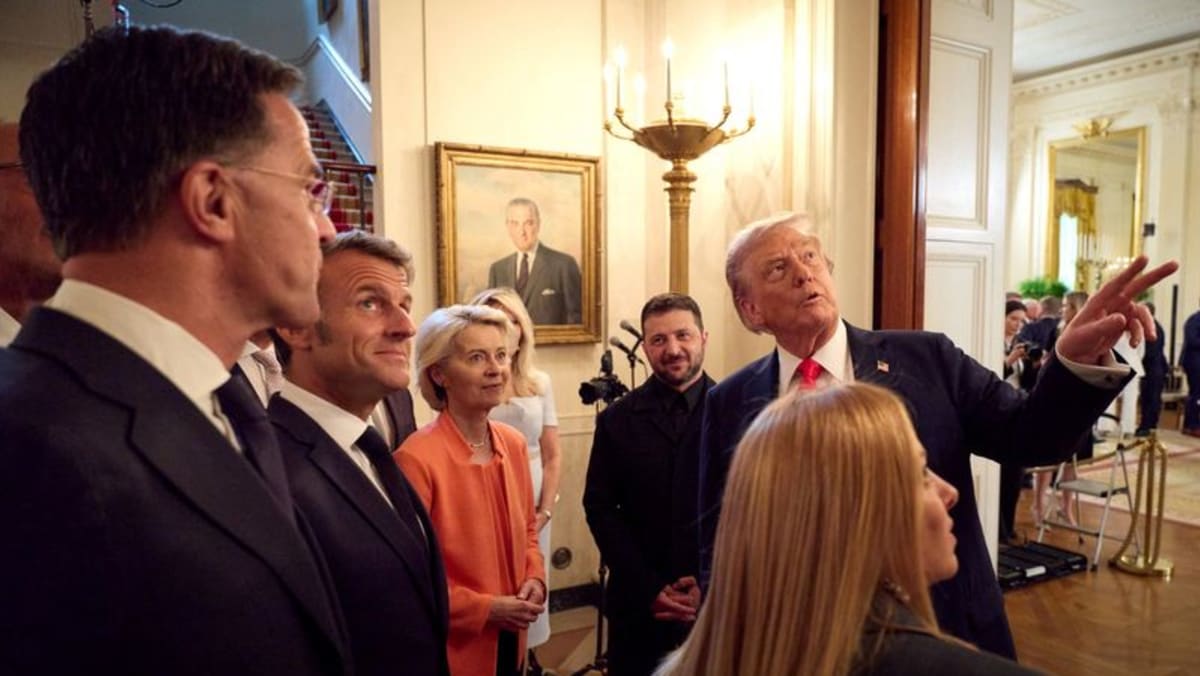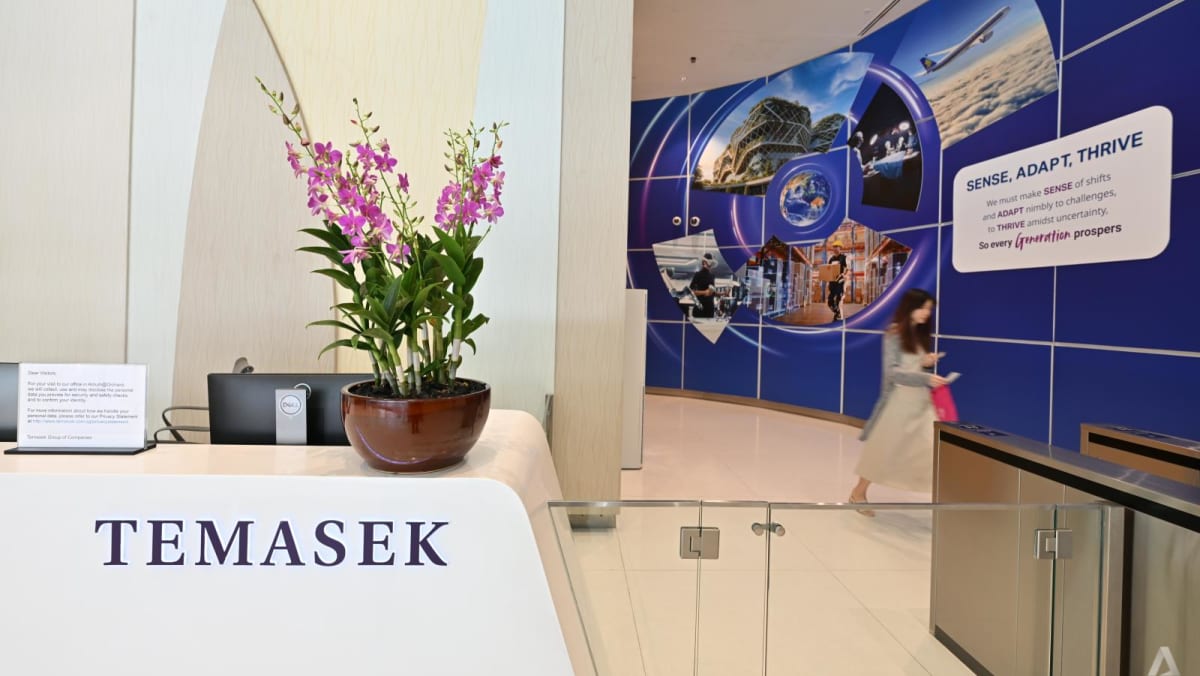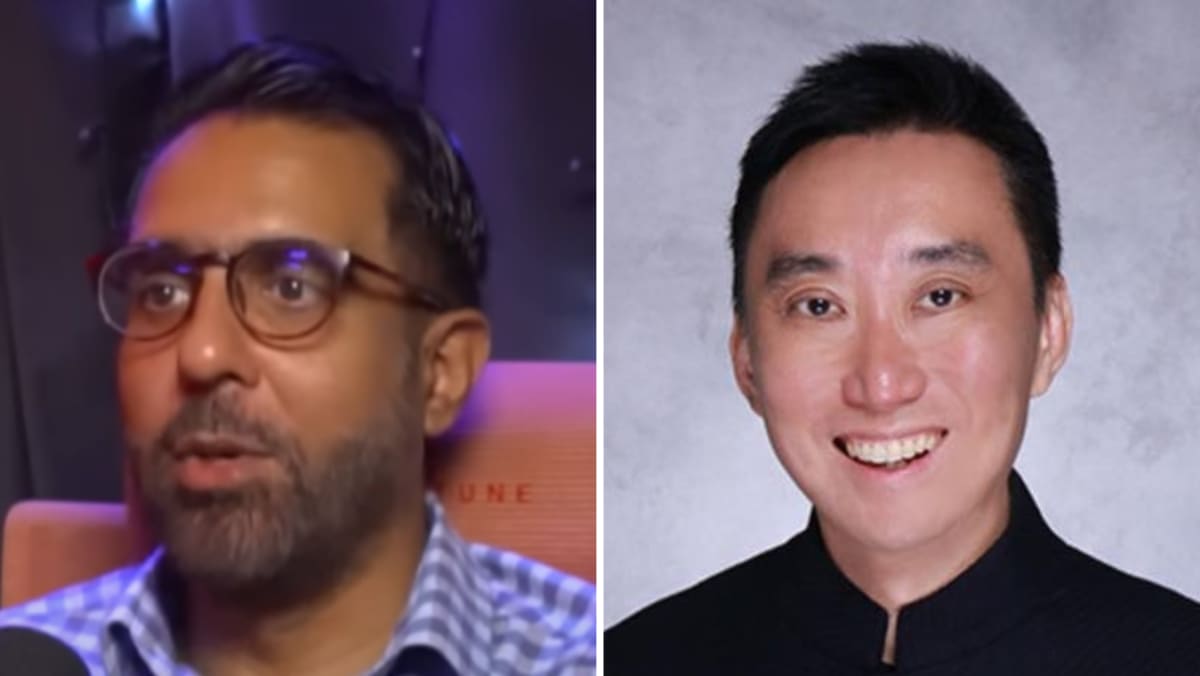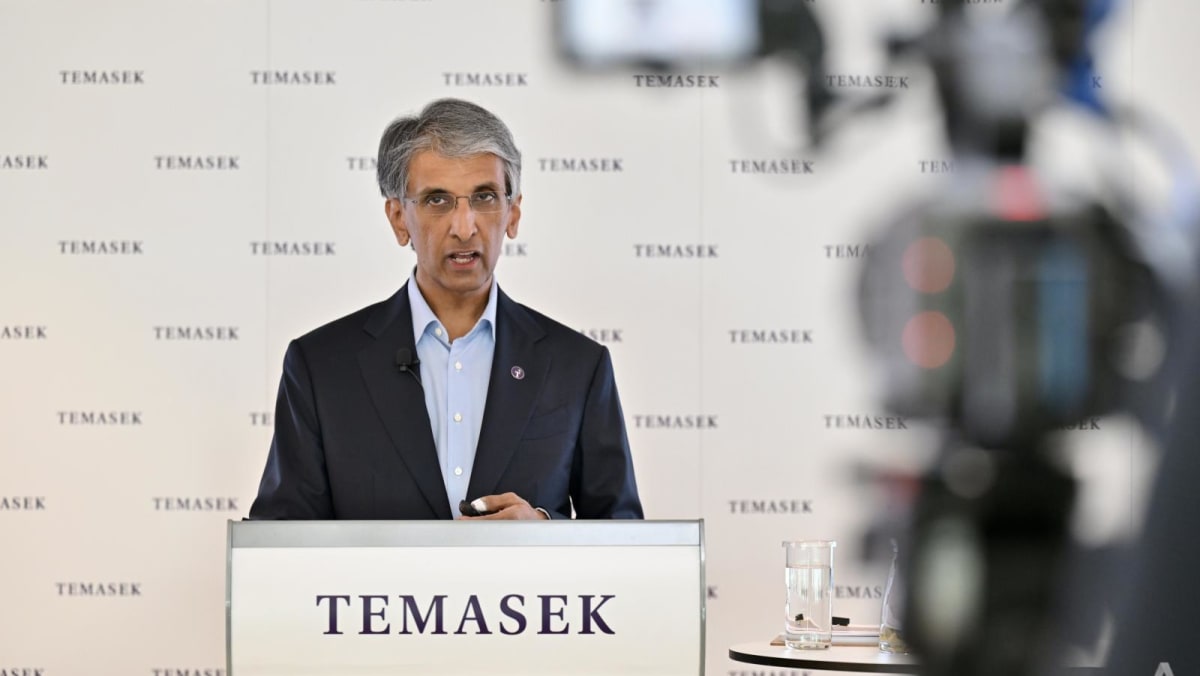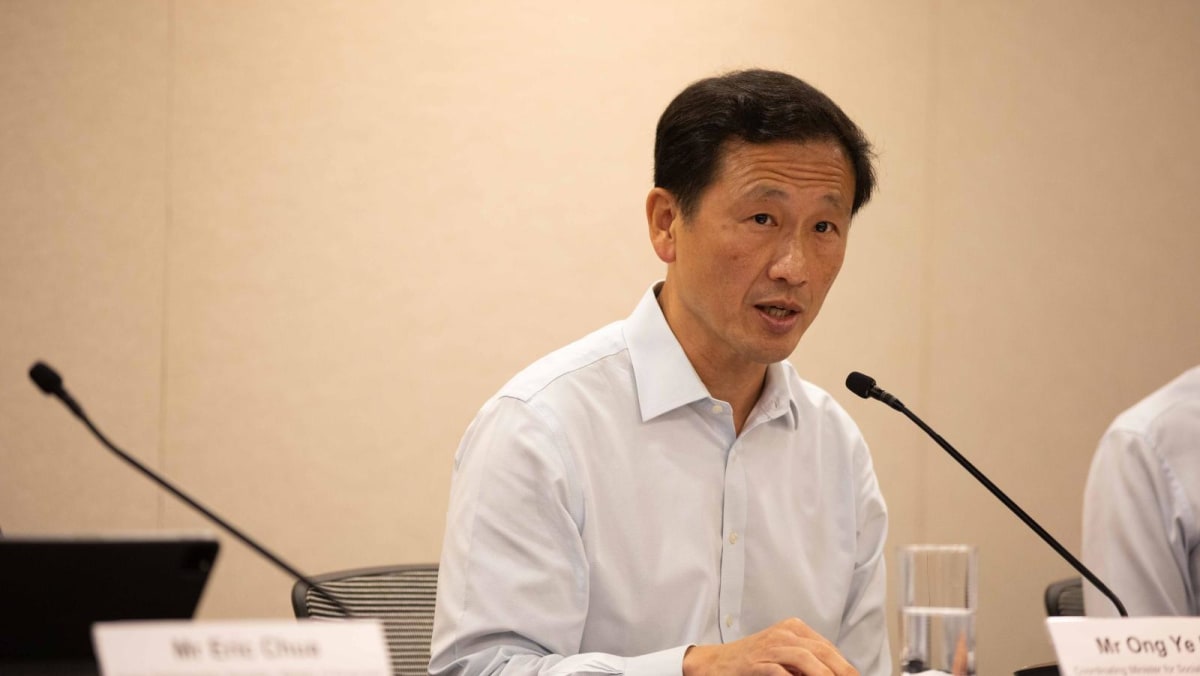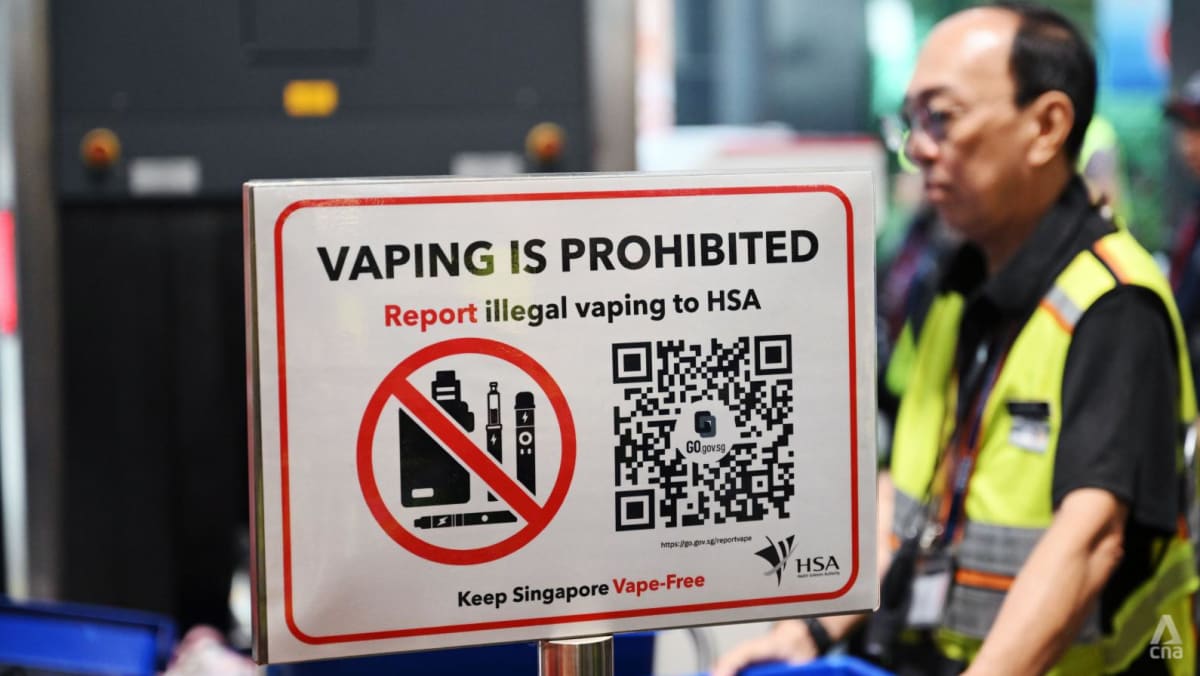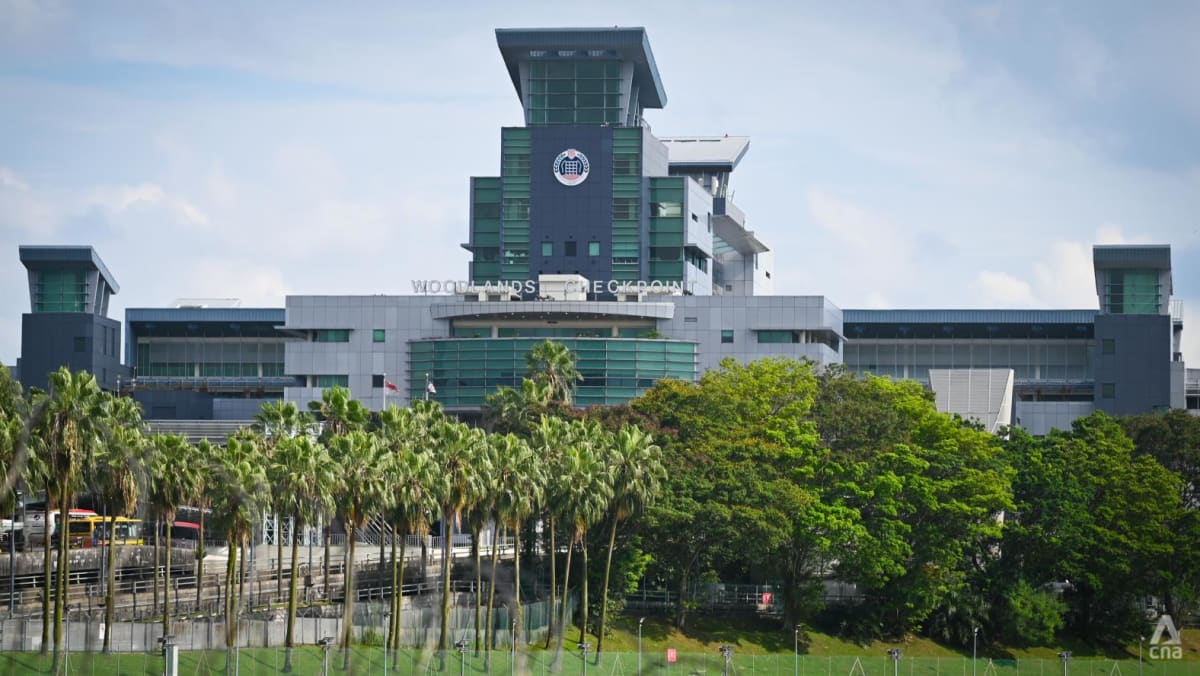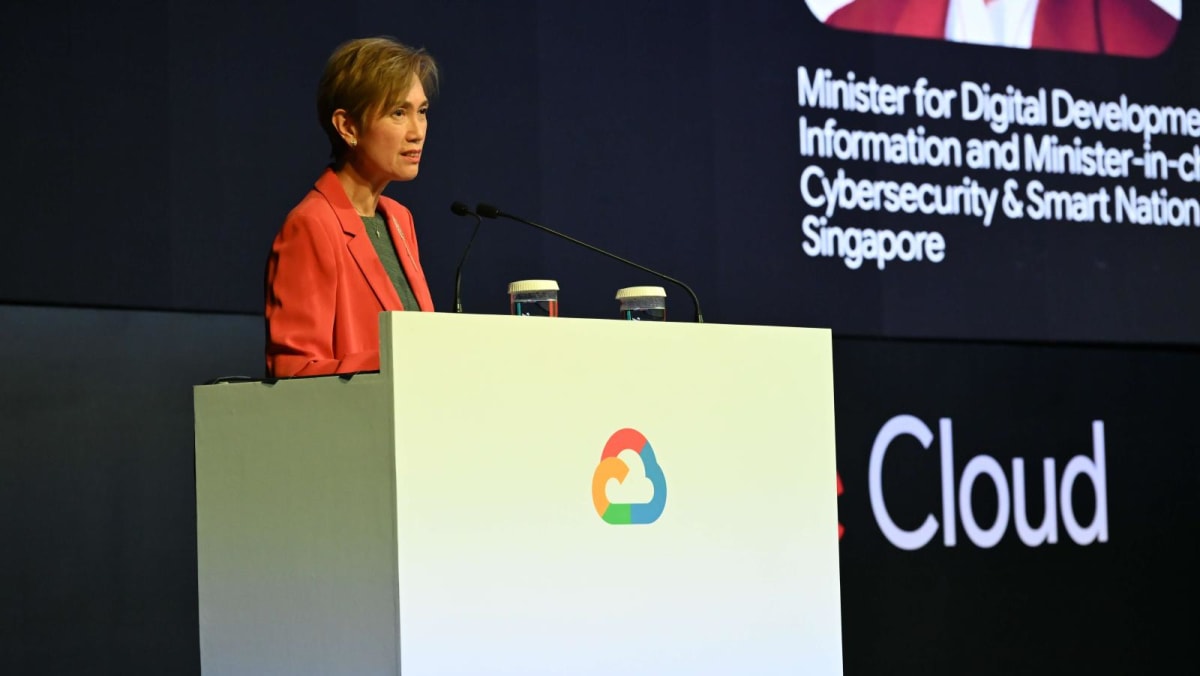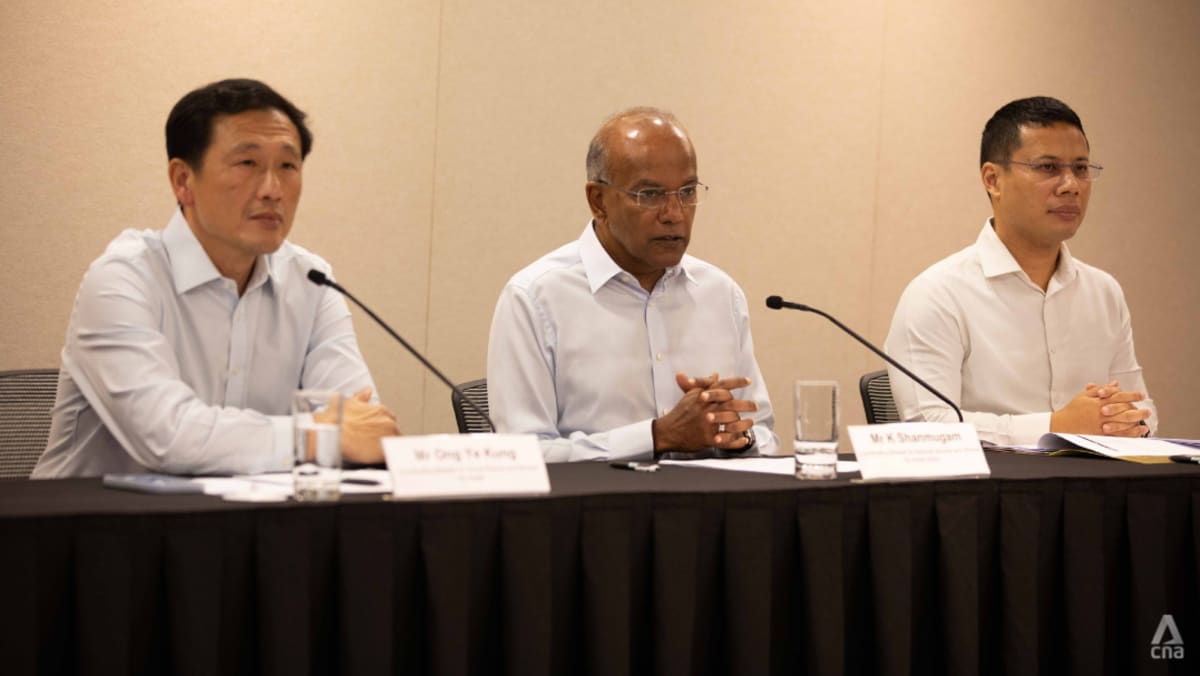WHY NOW?
In response to a question on why Temasek did not embark on its reorganisation plans last year when it celebrated its 50th anniversary, Mr Pillay said the world has changed a lot since last September.
“The rules based order that we’ve been used to, that we’ve been able to rely on as an investment firm … is changing,” he said.
The US has a clear America-first objective and other countries are trying to figure out how to operate in that framework.
It remains an important market, including for capital flows, but Temasek needs to anticipate the changes on the horizon and make investments accordingly. The company also needs to look beyond Asia, said Mr Pillay.
The opportunities for growth may differ for each segment of the portfolio.
“I think the time has come for us to (have) laser-like focus for each one of them, and to go forward,” said Mr Pillay.
In his presentation, Mr Pillay noted how Temasek had stabilised its composition of the three portfolio segments over the years to roughly 40 per cent for global direct investments, 40 per cent for Temasek portfolio companies, and 20 per cent for partnerships, funds and asset management companies.
These portfolio segments have distinct attributes, from the nature of investments and how long Temasek stays invested, as well as the challenges involved.
For example, it invests in Singapore-based Temasek portfolio companies for the long term, but can sell global direct investments after just three years.
Temasek will also support the transformation of Singapore firms such as SATS and Singtel, but would not do the same for most global companies.
Mr Pillay said Temasek needs to have clear performance indicators for all three groups to achieve the overall risk-reward that is needed for shareholder returns.
“By putting these three (segments) into three different entities, we actually do have the ability to … put more focus on each one,” he said. That could be in the form of key performance indicators, expectations and allocating capital.
Each entity can also build the capabilities that it needs. He cited examples such as people who can help with operating performance, strategy consulting, artificial intelligence transformation or business development skills.
Some of these are not needed in Temasek as a whole, but will be helpful in other parts of the business, he said.
“In this world that we’re going into, we need to think about that, so this structure will allow us to have that,” said Mr Pillay.

